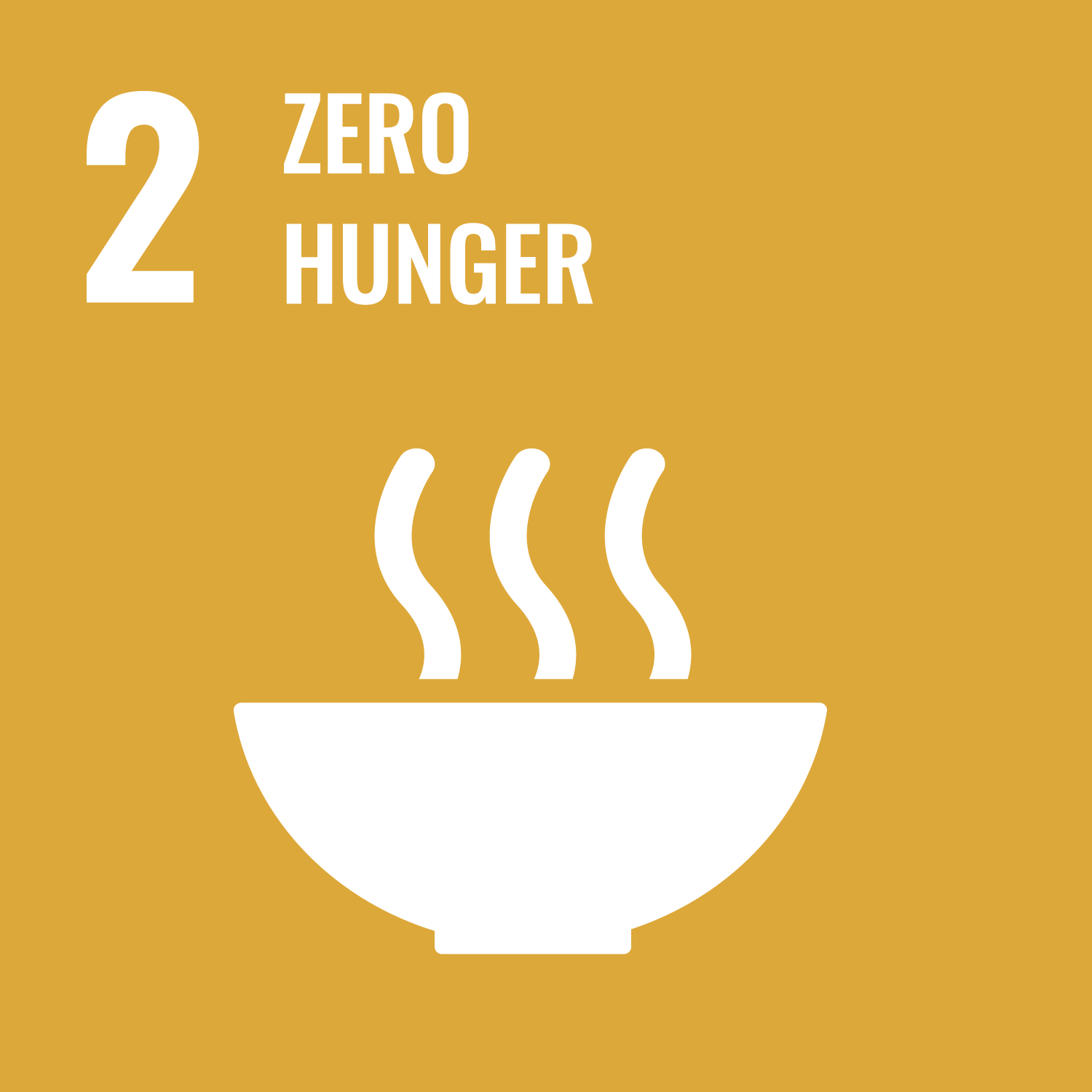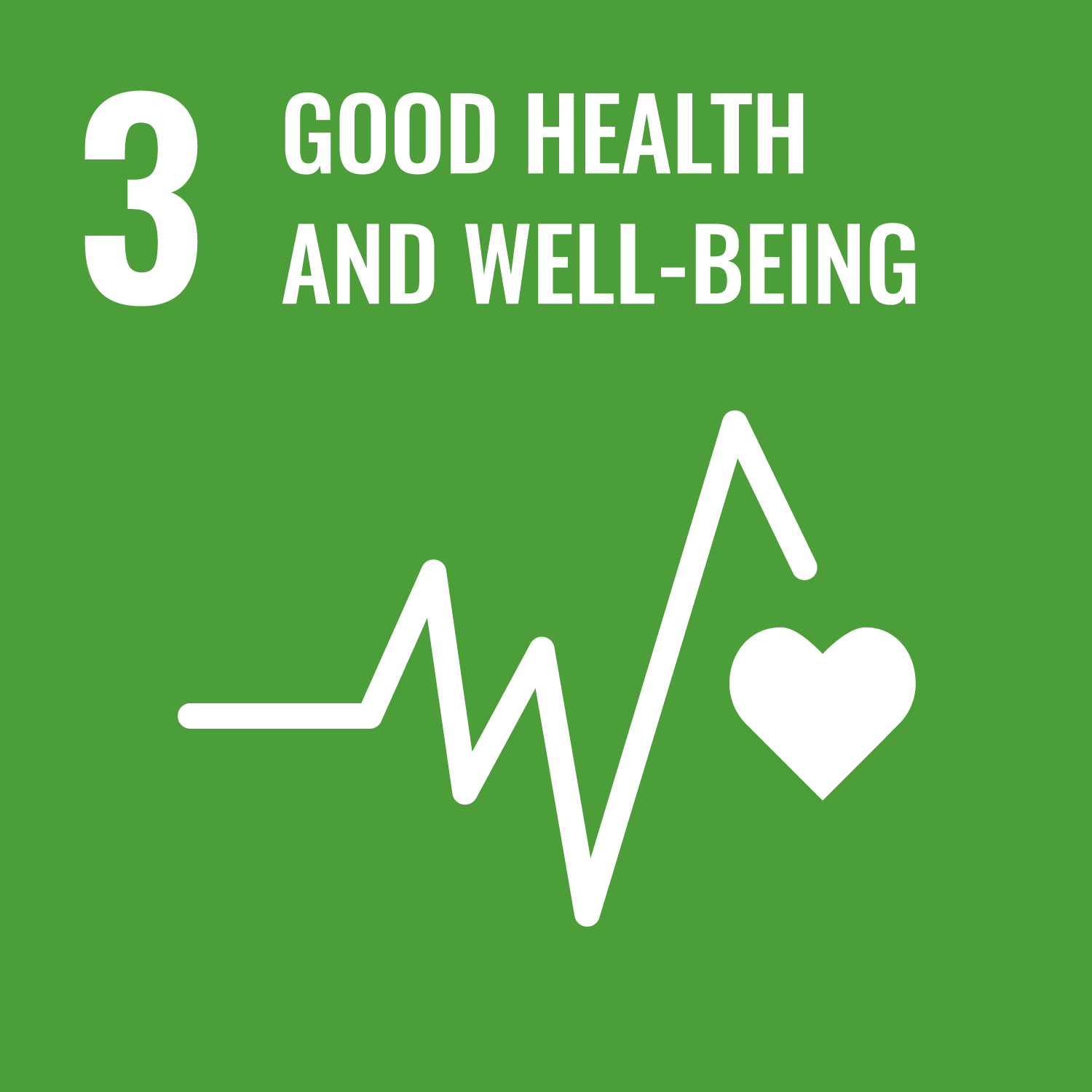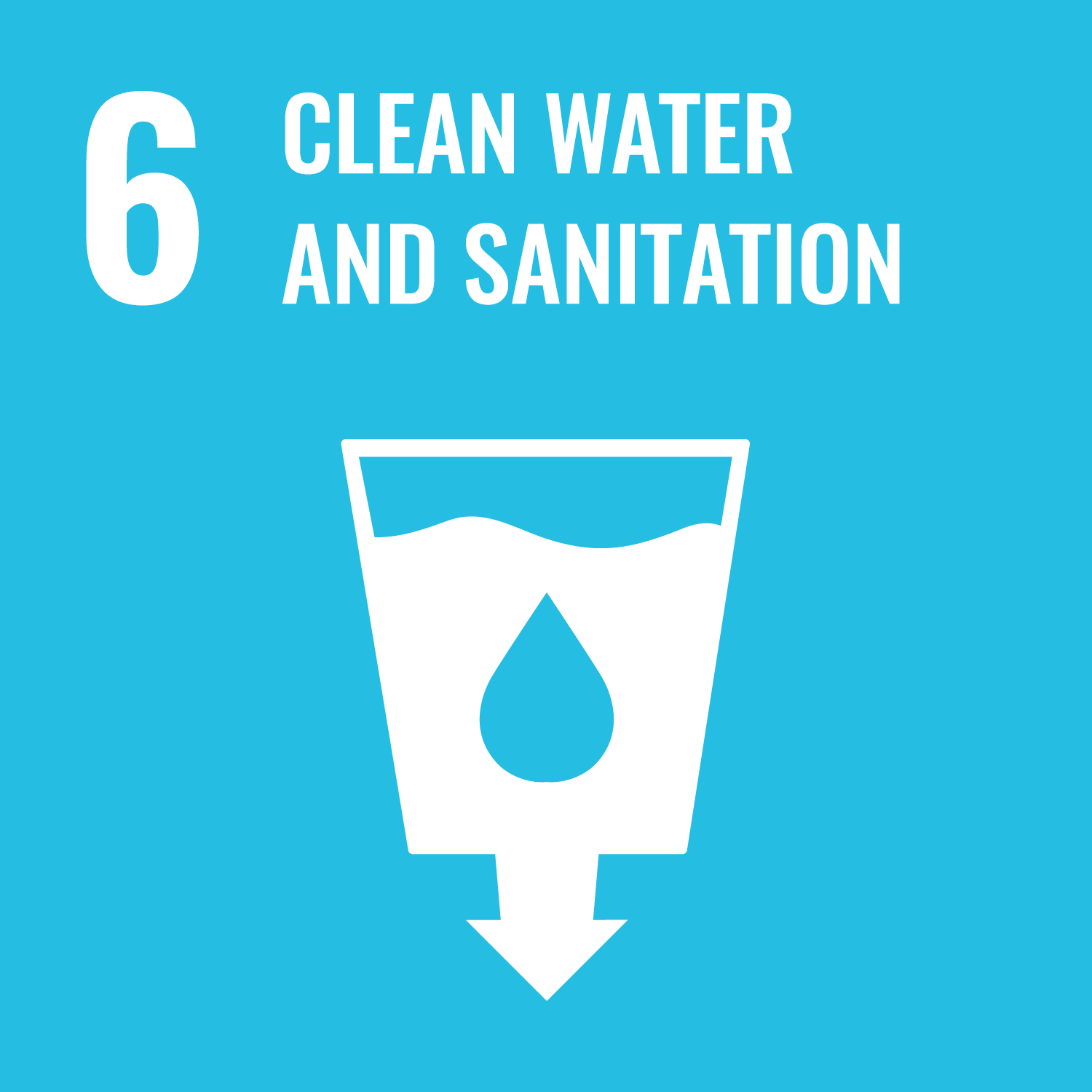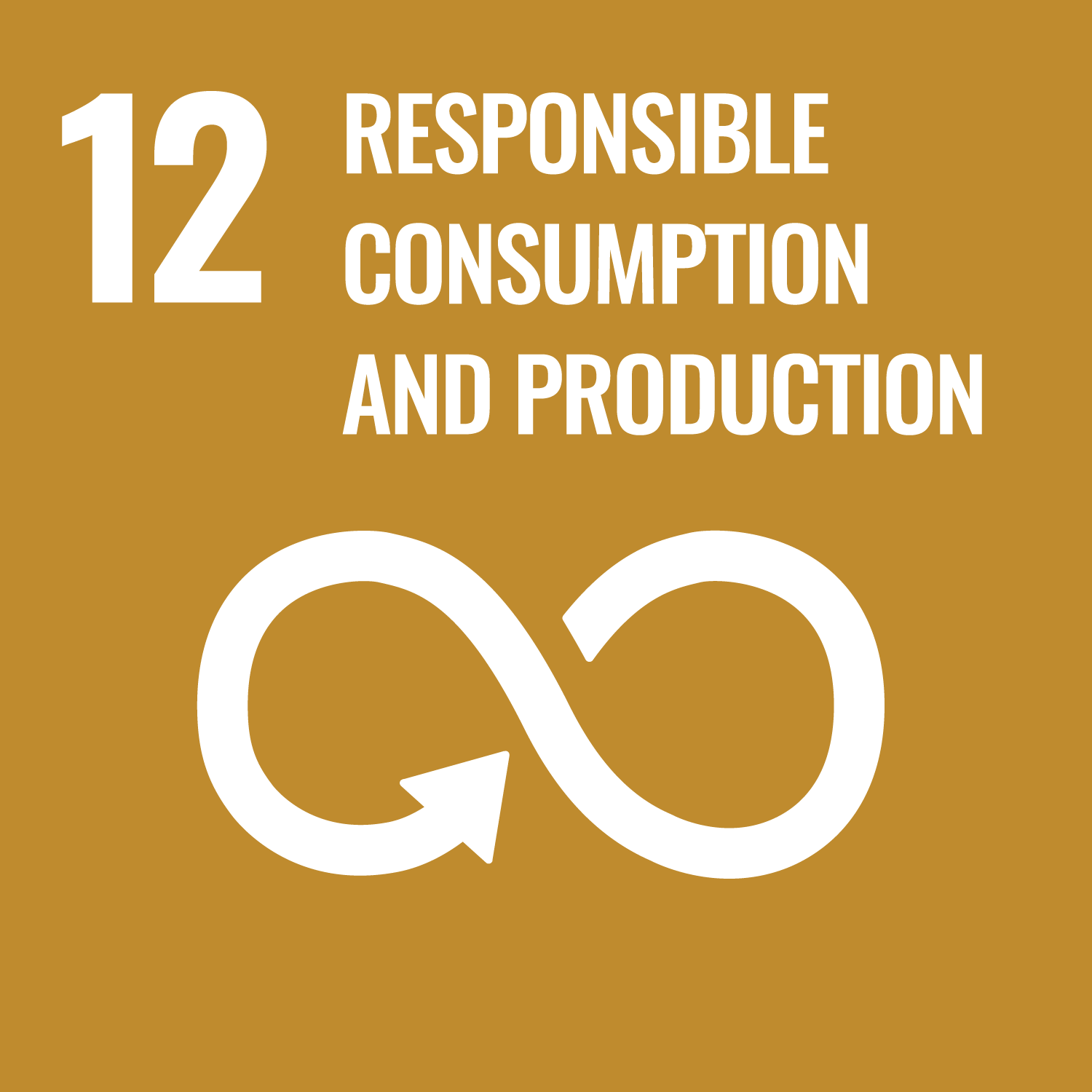The scientific principles of chemistry, materials science and physics will be introduced as fundamentals of the science of
nutrition and cooking: molecular gastronomy and physical gastronomy.
The course is based on "western-style" foods and cooking methods, especially Italian. From time to time Asian cooking ingredients and styles are introduced. At the end, an overview on Japanese cuisine and its methods will be given.
It is worth noting that metabolism, physiology, and biochemical processes of digestion overcome the scope of this course.
The course is based on "western-style" foods and cooking methods, especially Italian. From time to time Asian cooking ingredients and styles are introduced. At the end, an overview on Japanese cuisine and its methods will be given.
It is worth noting that metabolism, physiology, and biochemical processes of digestion overcome the scope of this course.
From the point of view of science of cooking, the students will learn and use methods of scientific discovery/inquiry, and
they will consolidate the disciplinary methods of chemistry, materials science and physics.
The students will also understand the molecular basis of food and nutrition and the importance of science in cooking
The students will also understand the molecular basis of food and nutrition and the importance of science in cooking
- Students will understand the concepts of molecular gastronomy, and cooking processes
- Students will learn about browning reactions; they will learn about chemistry, physics and nutrition facts of meat, fish, dough and milk derivatives
- Students will learn about chemistry, physics and nutrition facts of eggs, seasonings, spices, fruits, and vegetables
- Students will learn about chemistry, physics and nutrition facts of alcoholic beverages, coffee, chocolate and will learn the scientific principles of Japanese cuisine
- Students will be able to prepare a report on a topic of their choice
- Students will be able to prepare and discuss a short presentation on a topic of their choice in classroom at the end of the course
| Class schedule | HW assignments (Including preparation and review of the class.) | Amount of Time Required | |
|---|---|---|---|
| 1. | Guidance Science of food and cooking: molecular gastronomy |
Read handouts part 1 | 170minutes |
| 2. | Browning (Maillard reaction) | Read handouts part 2 | 170minutes |
| 3. | Heating, cooking methods and utensils: physical gastronomy | Read handouts part 3 | 170minutes |
| 4. | Meat and fish | Read handouts part 4 | 170minutes |
| Reply to questionnaire 1 (on classes 1, 2, 3) | 50minutes | ||
| 5. | Cereal dough and batters: bread, pizza, pasta, cakes and pastry | Read handouts part 5 | 170minutes |
| 6. | Milk, ice cream, cheese, yogurt and sour cream | Read handouts part 6 | 170minutes |
| reply to questionnaire 2 (on classes 4, 5, 6) | 50minutes | ||
| 7. | Eggs, custards, foams and sauces | Read handouts part 7 | 170minutes |
| 8. | Seasonings and spices | Read handouts part 8 | 170minutes |
| 9. | Fruits and vegetables | Read handouts part 9 | 170minutes |
| 10. | Wine, beer, and spirits | Read handouts part 10 | 170minutes |
| Reply to questionnaire 3 (on classes 7, 8, 9) | 50minutes | ||
| 11. | Legumes, grains, nuts, chocolate and coffee | Read handouts part 11 | 170minutes |
| 50minutes | |||
| 12. | Japanese traditional cuisine and beverages | Read handouts part 12 | 170minutes |
| reply to questionnaire 4 (on classes 10, 11, 12) | 50minutes | ||
| 13. | Examination in class: discussion of reports in front of colleagues | Preparation of report | 180minutes |
| 14. | Examination in class: presentation in front of colleagues | Preparation of presentation | 180minutes |
| Total. | - | - | 2650minutes |
| Questionnaires | report | presentation | Total. | |
|---|---|---|---|---|
| 1. | 10% | 10% | ||
| 2. | 10% | 10% | ||
| 3. | 10% | 10% | ||
| 4. | 10% | 10% | ||
| 5. | 30% | 30% | ||
| 6. | 30% | 30% | ||
| Total. | 40% | 30% | 30% | - |
Passing score is 60% of the total and can be reached combining the partial grades from questionnaires (to be compiled at home)
and exams in classroom
The 4 questionnaires are compulsory and will contribute 40% of the grade (10% from each questionnaire)
Exam is based on a report (30%) and a presentation (30%) on one topic of the classes 1 to 12 and will contribute 60% of the grade.
The 4 questionnaires are compulsory and will contribute 40% of the grade (10% from each questionnaire)
Exam is based on a report (30%) and a presentation (30%) on one topic of the classes 1 to 12 and will contribute 60% of the grade.
Handouts provided by the teacher.
Textbooks for reference: J. J. Provost et al, "The science of cooking", Wiley 2016; P. Barham, "The science of cooking", Springer 2001; H. McGee, "On food and cooking" Hodder & Stoughton 2004
Textbooks for reference: J. J. Provost et al, "The science of cooking", Wiley 2016; P. Barham, "The science of cooking", Springer 2001; H. McGee, "On food and cooking" Hodder & Stoughton 2004
- Contact via e-mail,
the e-mail addresses to Dr. Paolo Mele: pmele[at]shibaura-it.ac.jp
- Course that cultivates a basic problem-solving skills
| Work experience | Work experience and relevance to the course content if applicable |
|---|---|
| N/A | N/A |




- 2.ZERO HUNGER
- 3.GOOD HEALTH AND WELL-BEING
- 6.CLEAN WATER AND SANITATION
- 12.RESPONSIBLE CONSUMPTION & PRODUCTION
Last modified : Mon Mar 20 17:23:19 JST 2023
